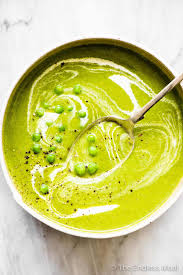
It was once thought that the origins of the term “going Dutch,” used when two or more people share an activity but agree to each pay their own way could be traced back to the 17th-century animosity between England and The Netherlands. The two nations were known to engage in frequent disagreements regarding political boundaries and trade routes, and ‘going Dutch’ was said to be a British slur referring to the Netherlanders’ negative reputation for stinginess.
However, a closer look reveals that this expression was actually a 19th-century American creation. An 1873 edition of the Missouri newspaper The Daily Democrat called on “our temperancefriends”to impose the “Dutch treat,” in which “each man pays his reckoning,” in local saloons as a means of combatting public drunkenness.
The etymology of this use of the word “Dutch” can be traced to a community of immigrants who were not, in fact, from the Netherlands at all, but Germany….also known as Deutschland, whose phonological similarity to “Dutch” led to the common American misnomer “Pennsylvania Dutch.”
Here are some other Dutch-related idioms that have made their way into the English lexicon:
- Beat the Dutch: to exceed expectations
- Double Dutch: gibberish
- Dutch agreement: an agreement made while intoxicated
- Dutch courage: courage brought on by alcohol
- Dutch nightingales: Frogs
- Dutchman’s draught: a very large beer
(Thanks to the Viking Daily, Monday, April 15, 2024, aboard the Viking Kvasir.)














